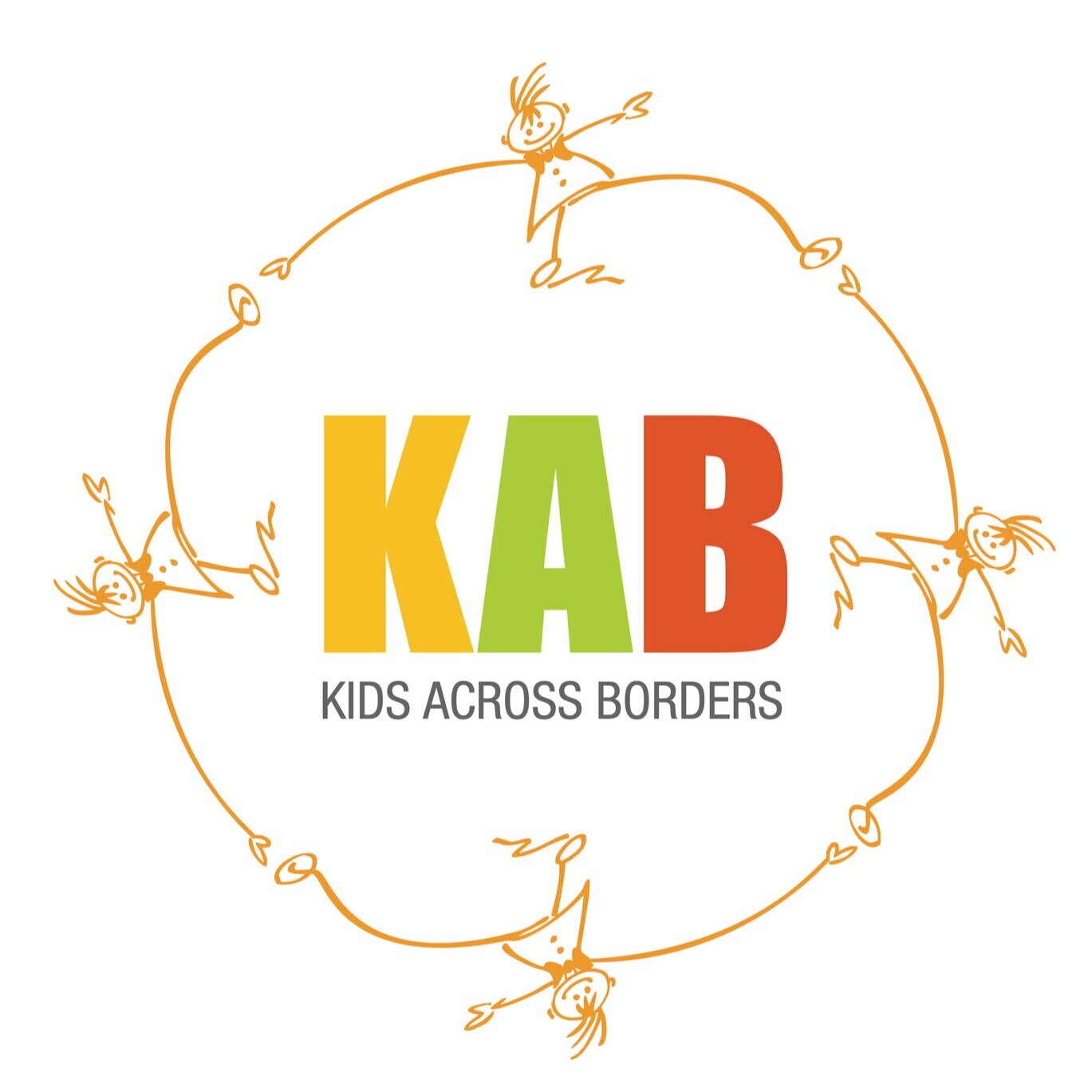Understanding Social Justice
“COVID-19 has been likened to an x-ray, revealing fractures in the fragile skeleton of the societies we have built. It is exposing fallacies and falsehoods everywhere: The lie that free markets can deliver healthcare for all; The fiction that unpaid care work is not work; The delusion that we live in a post-racist world; The myth that we are all in the same boat. While we are all floating on the same sea, it’s clear that some are in super yachts, while others are clinging to the drifting debris”
Antonio Guterres, UN Secretary General
Social justice is about equal rights and equitable opportunities for all. It means breaking down the barriers that communities and individuals face because of gender, age, race, ethnicity, religion, culture or disability and ensuring that all people share equal access to education, employment, health and community safety. Social Justice is recognised as an underlying principle for peaceful and prosperous coexistence within and among nations.
The persistence and pervasiveness of social inequalities indicate that they are not personal problems but relate to the way societies have historically been organised socially, politically and economically. These factors have shaped the distribution of wealth and resources between nations – resulting in huge disparities between high income and low income nations. Poverty in low income countries is perpetuated by national debt, unfair trade and insufficient aid and compounded by climate change, ineffective government and corruption as well as the lack of an educated and skilled workforce
The COVID-19 pandemic and the economic recession that has come in its wake has shone a harsh light on existing inequalities and in many cases exacerbated them. Tens of millions of people have been pushed back into extreme poverty and hunger, erasing the modest progress made in recent years Startling figures from Oxfam reveal that more than 700 million people or 10 per cent of the world population, live in extreme poverty today, struggling to fulfil basic needs like health, education and access to water and sanitation – statistics that will get worse as a result of the pandemic.
In developing countries the most vulnerable – including those employed in the informal economy, older people, children, persons with disabilities, indigenous people, migrants and refugees – are hit hardest. When countries go into lockdown for many people if they don’t work the don’t eat and their governments lack the funding and social security nets to support them. In developed countries, fatality rates have been highest among marginalized groups. Across the globe, young people are being disproportionately affected, particularly in the world of work. Women and girls are facing new barriers and new threats, ranging from a shadow pandemic of violence to additional burdens of unpaid care work (Guterres, A. The Sustainable Development Goals Report 2020).
The UN’s 2030 Agenda and the Sustainable Development Goals exist to uphold and strengthen the rights of the most vulnerable. It reflects a global commitment of governments to work towards social justice. In the last two decades prior to the pandemic significant gains have been made globally in eradicating extreme poverty, improving maternal and child health, improving girls’ access to education, expanding access to electricity and increasing women’s representation in government. However these advances were offset elsewhere by growing food insecurity and deterioration of the natural environment.
The following activities need to be done sensitively. They are not designed to compare wealth and status between communities and countries but rather for students to gain awareness and understanding of social justice issues - which also helps lay the foundation for the active citizenship activities.
Lesson Plans
Going to School
Students explore what education means to them and consider economic, social and cultural barriers to going to school.
Track my T-shirt
Students follow the journey of an item (such as a t-shirt) from its raw material to manufacture to being sold to finally how it is discarded. They research the material and the people involved in making it and investigate the economic, social and environmental impacts. They learn about Fair Trade.
COVID 19 and communities
“How has the Coronavirus impacted on your community? Who have been the most effected and what support is there for them?” This activity helps students understand how economic inequality and social justice issues affect how different countries, communities and individuals experience the pandemic.
Champions for Change
Students research an individual or group in their community who has tried to bring about positive change in relation to a social justice issue. They share and compare with their partner class.


